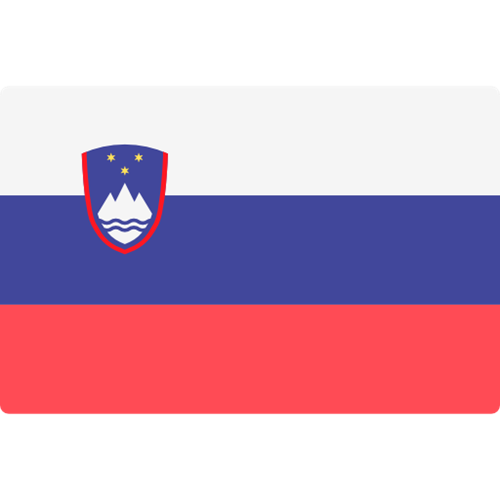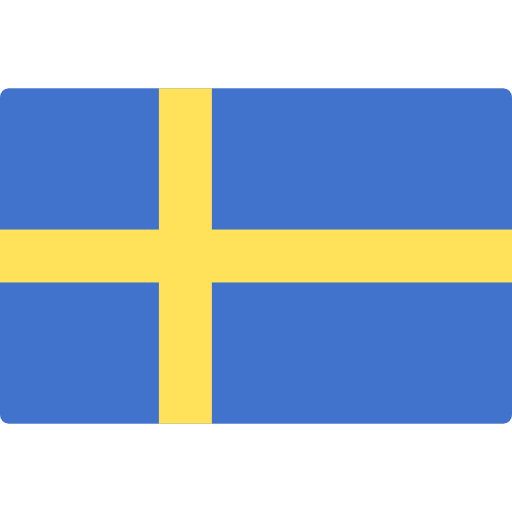Eurofins Softlines & Leather Monthly Bulletin (December 2024)


Extended producer responsibility in the textile sector
On 1 January 2025, the Member States of the European Union will be obliged to introduce separate collection for textile products for reuse, preparation for reuse, and recycling.
This new requirement was published in Directive (EU) 2018/851, which amended Directive 2008/98/EC on waste to improve the reuse and recycling of waste in the European Union.
On 5 July 2023, the EU Commission published a proposal for a Directive of the European Parliament and of the Council amending Directive 2008/98/EC on waste, in which it proposes to introduce a mandatory EPR scheme for textiles and footwear products in all Member States, among other proposals. The main idea is that producers will be responsible for the full lifecycle of their products and support the sustainable management of textile waste across the EU. Currently, the adoption of an EPR scheme is under discussion and several EU Member States, such as France, already have or are considering the introduction of their own EPR requirements for textiles.
Another proposal is the establishment of a local register of textile producers to monitor the compliance of EPR obligations through eco-organisation, which shall be authorised by the local competent authorities. How much producers will pay to the eco-organisation will be adjusted based primarily on the environmental performance of their textiles (eco-modulation).
Providers of online platforms will be also required to obtain EPR information from textile producers as ERP self-certification, registration, etc.
The proposed Directive is being evaluated by the European Parliament and the Council according to routine legislative procedure.
The table below summarises the most recent standard updates and upcoming dates of withdrawal (non-exhaustive):
(*) Date of withdrawal: The latest date by which national standards conflicting with a European Norm (EN) (and Harmonisation Document (HD) for the European Committee for Electrotechnical Standardisation (CENELEC)) have to be withdrawn.
|
The European Committee for Standardisation (CEN)/CENELEC |
||||
|
Reference |
Title |
Date of withdrawal (*) |
Supersedes |
|
|
Textiles and textile products - Determination of the content of compounds based on chlorobenzenes and chlorotoluenes |
31 May 2025 |
|||
|
Textile floor coverings - Assessment of impregnations in needled floor coverings by means of a soiling test |
30 April 2025 |
|||
|
Leather - Determination of distension and strength of surface (Ball burst method) (ISO 3379:2024) |
31 May 2025 |
|||
California approves Extended Producer Responsibility program for textiles
On 28 September 2024, California became the first state to establish an Extended Producer Responsibility (EPR) recycling programme aimed at addressing the environmental impact of textile waste by approving SB 707, the Responsible Textile Recovery Act of 2024 (the “Act”). The Act requires manufacturers of apparel and textile articles to take responsibility for the end-of-life disposal and recycling of their products. This legislation is part of a broader effort by California to tackle the growing environmental challenges posed by the fashion industry, including textile waste, pollution, and the depletion of natural resources.
Under the Act:
- Producers of apparel and textile products are required to join a product responsibility organisation (PRO) approved by California’s Department of Resources Recycling and Recovery (the “Department”) by 1 July 2026.
- The Department must adopt regulations to implement the EPR recycling programme no earlier than 1 July 2028.
- PROs must submit to the Department for approval: a complete plan for the collection, transportation, repair, sorting, and recycling, and the safe and proper management, of apparel and textils articles.
- Upon approval of a plan, or commencing 1 July 2030, whichever is earlier, producers will be subject to specified civil penalties for non-compliance.
- PROs will be required to review the plan at least every five years after approval and submit an annual report to the Department.
Under the Act, “Apparel” is defined to include only undergarments, shirts, pants, skirts, dresses, overalls, bodysuits, costumes, vests, dancewear, suits, saris, scarves, tops, leggings, school uniforms, leisurewear, athletic wear, sports uniforms, swimwear, formal wear, onesies, bibs, footwear, handbags, backpacks, knitted and woven accessories, jackets, coats, snow pants, ski pants, and everyday uniforms for workwear.
“Textile articles” is defined to include only blankets, curtains, fabric window coverings, knitted and woven accessories, towels, tapestries, bedding, tablecloths, napkins, linens, and pillows.
Utah finalises Online Law Labelling Rules
On 23 October 2024, the State of Utah finalised Section R70-101-13 titled “Online Sales Requirements” of the State’s law labelling rules for bedding, upholstered furniture, and quilted clothing.
Under the new online sales requirements, online retailers of quilted clothing must display information that satisfies the requirements of Section R70-101-9 so that it is easily accessible for the consumer to examine before purchase. Online retailers may provide a digital textile label, or equivalent information, displayed or hyperlinked on the article’s landing page. If a hyperlink is used, then the following information must be provided:
- Applicable filling material as required in Section R70-101-9;
- The form of identification that is supplied to the department in a permit application; and
- Any applicable sterilisation permit number.
Online retailers of bedding and upholstered furniture must display information that satisfies the requirements of Section R70-101-12 so that it is easily accessible for the consumer to examine before purchase. Online retailers may provide a digital law label, or equivalent information, displayed or hyperlinked on the article’s landing page. If a hyperlink is used, the following information must be provided:
- Applicable filling material as required in Subsection 4-10-107(2) and Sections R70-101-10 and R70-101-11;
- Any applicable URN; and
- Any applicable sterilisation permit number.
The effective date of the new online requirements is 15 May 2025.
Source Rule 101: Bedding, Upholstered Furniture, and Quilted Clothing
Draft Final Rule for CPSC eFiling implementation time to be voted on
On 22 November 2024, the CPSC (Consumer Product Safety Commission) staff submitted the Draft Final Rule to the CPSC Commission for review and consideration for the vote. The Commission is scheduled to vote on the Final Rule during a meeting on 18 December 2024.
In the final rule package, the requirements for eFiling, certificate content, and recordkeeping remain consistent with the Supplemental Notice of Proposed Rulemaking (SNPR) issued on 8 December 2023.
The significant change concerns the implementation time. The final rule package proposes the effective date on which eFiling should become mandatory to be 12 months after publication in the Federal Register for all regulated products, except for products imported into a Foreign Trade Zone (FTZ) and subsequently entered for consumption or warehousing. For products imported into an FTZ, the Final Rule is effective 24 months after publication.
Source
See below a table summarising some recent ASTM standards updates:
|
Reference |
Title |
|
Standard Safety Specification for Drawstrings on Children’s Upper Outerwear |
Below you will find a monthly summary of product recalls and alerts in Europe (Source “Safety Gate (RAPEX)”) and the U.S. (Source “CPSC”).
Safety Gate (RAPEX) (European Commission Rapid Alert System for dangerous non-food products – Alerts reported by EU national authorities)
The following 1 alert regarding clothing, textile and fashion items was reported between week 39 and week 42 of 2024.
|
Type of Risk |
Number of alerts |
Notes |
|
|
|
Children's hoodie |
From 31 October 2024 to 21 November 2024, the CPSC (Consumer Product Safety Commission) published the following recalls: 2 recalls of textile & leather products
|
Hazard |
Number of alerts |
Notes |
|
|
|
Slumber suits |
|
|
Children’s pyjamas |















































